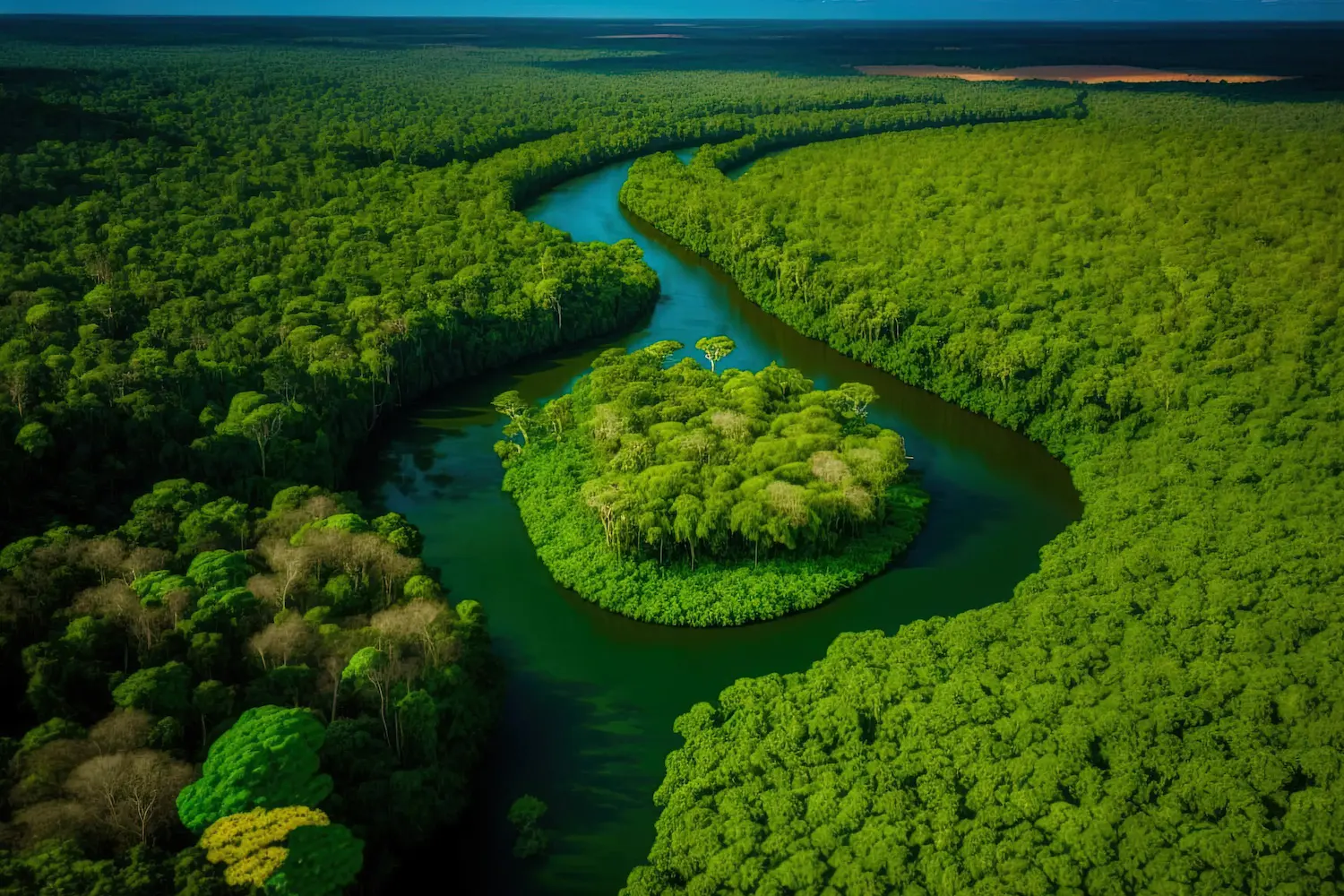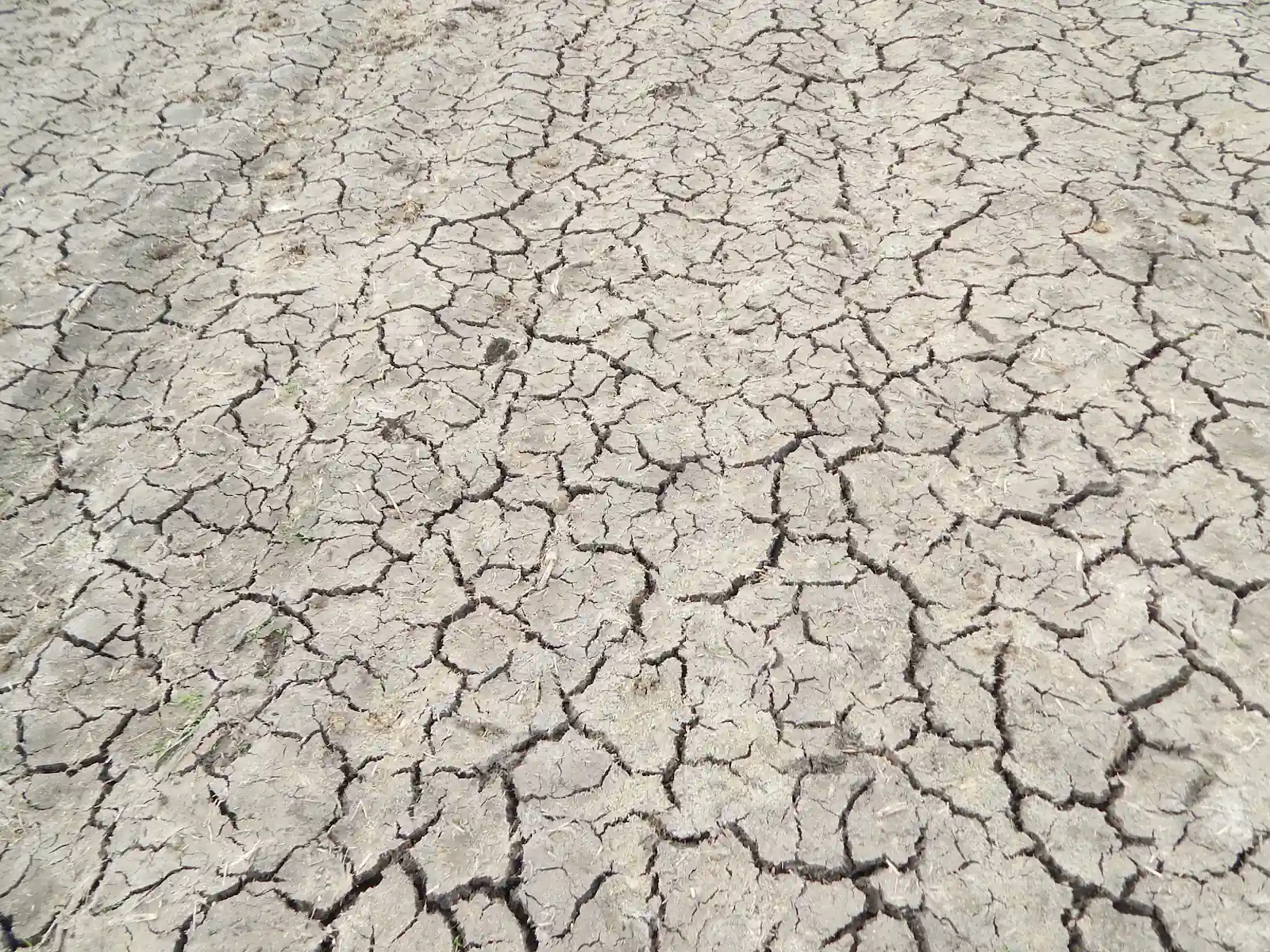What is always available? It is unimaginable you can’t have it. You cannot live without it. The answer is not your phone, but something way more important: freshwater. We cannot live without drinking water. Part 4 of our research focuses on global freshwater.
Our planet Earth has an atmosphere. That means the global quantity of water has remained the same for 2 billion years. The global water volume will always be the same, therefore you can say it has a limit. Most of the water on our planet is salt water in oceans and seas. Only 2.6% of the water on our planet is freshwater. Much of this freshwater is trapped in polar ice and glaciers, which leaves only 0.6% of all water on our planet suitable for human use.

Global freshwater resources are categorized into two types: groundwater and surface water. By far most of the global freshwater resources are stored below the surface as groundwater. Two major groundwater challenges need our attention. There are no large groundwater deposits in (any more) relative accessible locations. Any new resources will be very expensive to develop. And the second challenge: Groundwater remains vulnerable to over-exploitation and pollution, both of which can have devastating effects on the resource and its availability. A further study into groundwater is needed because it has a different “set” of specifics, dynamics and challenges; this will be the next chapter.
Terrestrial surface water is the major source for human freshwater demand. An estimated 75 to 80% of global human annual freshwater withdrawal is extracted from terrestrial surface water. Surface water comprises various forms, lakes account for the largest percentage; other surface water resources are rivers, reservoirs, swamp-lands and wetlands.
The global freshwater withdrawal for human demand/use for the year 1900 is estimated at 671 cubic kilometers, for 1950 the estimation is at 1.230 cubic kilometers. The start of the second millennium (2000) has an estimated global freshwater withdrawal of 3.790 cubic kilometers. This means global annual freshwater withdrawal for human demand/use increased 564% in a century, while the world population number grew from an estimated 1,6 billion to 6,1 billion; an increase of 381%.
Looking at current estimates of global human annual freshwater withdrawal one phrase comes to mind: they are flexible. They vary from an estimated 3990 cubic kilometers in 2015, to 4600 cubic kilometers in 2018, to 4300 cubic kilometers in 2022. In 2007 humanity used an estimated 4000 cubic kilometers of freshwater. So, it is safe to say that “todays” global human annual freshwater withdrawal is “at least” 4000 cubic kilometers. If this estimate is considered to be exact, the actual number, the daily global human freshwater withdrawal would be at least 10.958.904.109.589 liters. That would bring us to the currently global human freshwater withdrawal in one hour: in one hour we humans use 456.621.004.566 liters of freshwater, at least.
There is a similarity between this new part 4 and part 2, called people want protein. In part 2 it becomes clear that the richer a country is, the more meat an average person tends to eat. The same is true for water use: the richer a country is, the more water is used per person.
In theory there is absolutely no problem concerning freshwater. Because it rains. It rains an awful lot. Every year a tremendous volume of freshwater falls from the sky. According to a very extensive and recent NASA research 502.100 cubic kilometers of freshwater fall as precipitation every year. That is a volume of freshwater that exceeds the volume of global human annual freshwater withdrawal more than a 100 – fold. But we humans are just one of many species living on the terrestrial surface of our planet. And we all need freshwater. About 18 % of all available freshwater in 1990 was used directly by humans, and an additional 34% is required to maintain ecological health. After a “weeks on a row” research in the global water cycle and the quoted NASA study the conclusion is: of the annual global awful lot of rain volume approximately 9% is potentially available for human purposes. Why potentially? To answer that question you have to press the WPLM button.
127
MILLION
liters global human freshwater demand per second
"at least"
456
BILLION
liters global human freshwater demand per hour
"at least"
10.958
BILLION
liters global human freshwater demand per day
"at least"
The demand for water is only going to increase as the population number increases: “An additional 4.600 cubic kilometers of water will have to be found by 2025 to supplement global supplies (of freshwater resources) at the 1995 level. If the additional 1.2 billion population increase between 2025 and 2050 proves correct, another increase of 3.090 cubic kilometers is necessary by 2050. This leads to the staggering conclusion that nearly 7.700 cubic kilometers would have to be found by 2050 to supplement global supplies (of freshwater resources) at the 1995 level.
Global human freshwater withdrawal is a cause for concern. It is disproportional. For all species living on our planet’s terrestrial surface freshwater is essential, but humans use by far the most freshwater; at least 456.621.004.566 liters per hour. This unbalances the water cycle and deprives other life from their proportional resource of freshwater. There are many examples of how our use of freshwater influences the planet, some of which can be found by pressing the WPLM button.
In conclusion, it is important to realize global freshwater is a basic necessity. Because we forgot. The majority of the world population lives, works, and has children where freshwater is an available resource. The majority of the world population assumes freshwater resources are a commodity. Or a service. Or a product, with unrestricted access if you can afford it. Used to fill up that inflatable large swimming pool for the kids on a hot summer day. We forgot that freshwater resources are a basic necessity, and they have a limit. Current global freshwater resources available for human purposes are limited. Pushed by the growing world population number humanity gets closer to that limit.
“Making the Invisible Visible” is actually the title of The United Nations World Water Development Report 2022. This Report is unique. It is the first effort to collect and summarize current global scientific groundwater research. This Report is the source of this Chapter. Unfortunately this report, which comprises 225 pages, has all “the typical style and jargon” of a scientific research. To solve this problem a collection of the most remarkable “quotes” was made. These quotes were divided in the different aspects, challenges and perspectives groundwater has.
Groundwater is one of the most vital and yet most overlooked resources on Earth. Despite its abundance, groundwater is facing a growing crisis. Global groundwater research faces significant challenges due to a lack of data and monitoring efforts. Estimates of global groundwater volumes vary, ranging from 10.6 to 15.9 million cubic kilometers, with each estimate based on arbitrary assumptions. Our heavy reliance on groundwater, combined with unsustainable and over-usage, is causing severe consequences for ecosystems and human populations alike.

More than half of global groundwater is saline and unsuitable for most uses, particularly in very large and deeper groundwater storage basins; but also in near surface very shallow groundwater resources in dry/arid climate zones. In coastal areas the combination of global sea level rise and excessive groundwater withdrawal causes seawater intrusion. Near ocean shore groundwater resources are replenished by seawater, which can eventually make the local water supply unusable for agriculture and consumption. Putting an end to local withdrawal of fresh groundwater.
Groundwater is essential for agriculture, industry, energy production and urban water supplies, with about 70% of global withdrawals used for food, fibers, livestock, and industrial crops. As the world population and incomes grow, the demand for groundwater is steadily increasing. Urban reliance on groundwater sources is intensifying, with nearly 50% of the global urban population dependent on it.
Globally, groundwater withdrawals grew from 158 cubic kilometers in 1950 to 959 cubic kilometers in 2017, with Asia-Pacific countries accounting for 60% of the total. Given its essential role across so many sectors, groundwater is becoming increasingly critical to humanity’s future, highlighting our growing global dependence on it.
Groundwater pollution is virtually irreversible, with agricultural pollution and coal ash dumps being major contributors. Coal-burning power plants produce electricity and highly toxic coal ashes, which are stored in unlined coal ash dumps or coal ash waste ponds. Coal ashes contaminate groundwater for decades. It is estimated that agricultural pollution has overtaken contamination from settlements and industries, to become “number one” polluter. Nitrate, from organic and chemical fertilizers, is the most prevalent contaminant in groundwater globally. Groundwater pollution renders groundwater unsuitable for drinking and harms ecosystems that depend on it.
Pollution from contaminants like pesticides and wastewater threatens groundwater-dependent ecosystems, which are also highly vulnerable to over-extraction. This results in declining river flows, drying springs, and loss of biodiversity.

To keep it simple: groundwater depletion happens when more water is going out than is getting in. The long-term depletion of groundwater is widespread. Groundwater dependent settlements and ecosystems are threatened by groundwater depletion. This depletion leads to declining water levels, threatening the availability of water and the health of ecosystems.
Groundwater is closely connected to other parts of Earth’s environment, including atmospheric and surface water, which percolates into the groundwater storage and eventually returns to the surface, feeding ecosystems and humans. This process can take days or thousands of years. While it is commonly believed that global groundwater withdrawal is not an issue due to its vast volume, excessive local groundwater extraction can severely impact local surface water resources due to the interconnected nature of groundwater and surface water.
Water vapor plays a key role in the global water cycle and is a major driver of both the natural greenhouse effect and global climate. Water vapor does not cause global warming directly. However, an increase in atmospheric water vapor, caused by global climate change, amplifies/accelerates global warming through a so-called positive feedback loop. As global temperatures rise, the atmosphere holds more water vapor, which, being a natural greenhouse gas, intensifies the greenhouse effect and further raises temperatures. This cycle causes an ongoing increase in both temperature and atmospheric water vapor. In 2007 the increase rate in water vapor content was an average 4,9% per degree Celsius global temperature increase; in 2023 this rate was observed at 7%. This further accelerates global warming.

The vapor feedback loop could double the greenhouse effect caused by carbon dioxide. Increased water vapor amplifies the global water cycle, fueling more intense storms and leading to more extreme weather events, particularly over land.
Increasing atmospheric water vapor makes wet regions wetter and dry regions drier. This happens because the atmosphere’s increased ability to hold water vapor leads to more evaporation, resulting in more precipitation in wet areas. However, in dry regions, increased evaporation extracts moisture from already dry surfaces, further intensifying drought conditions.
2007 marked the first time there was global scientific consensus that human activity is the primary cause of climate change. For the first time, the scientific community agreed with high confidence that human actions since 1750 have driven global warming, ending years of doubt, debate, and denial about the cause of climate change.
The so-called “direct driver” of global climate change is the human species. Because of our number and our behavior. Too many people using too much. Too many too much.
© 2026 - World Population Limitation Movement | Website by Donkeys & Co.